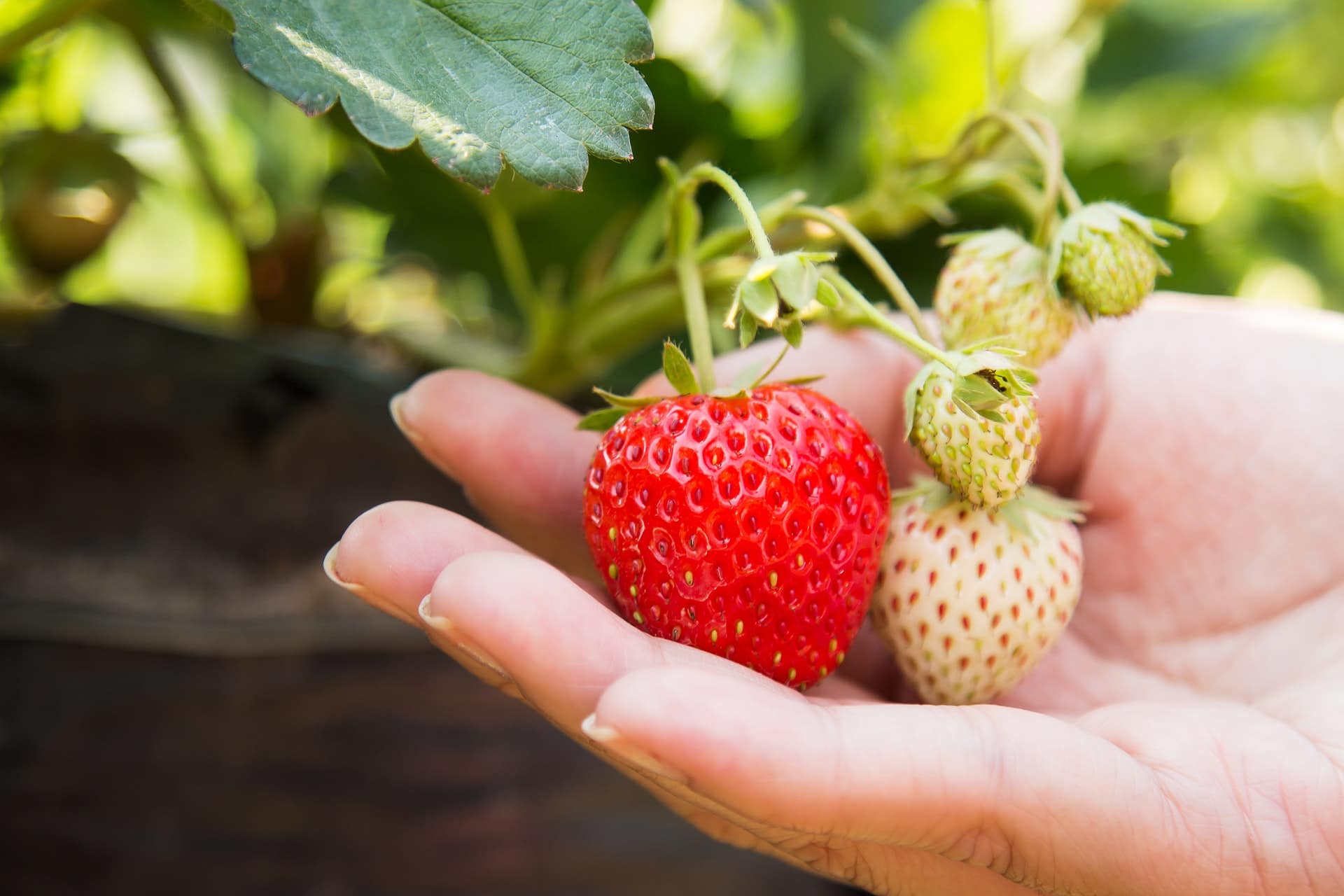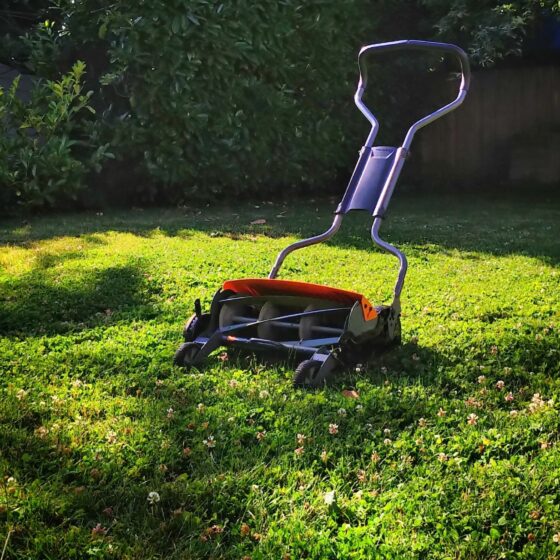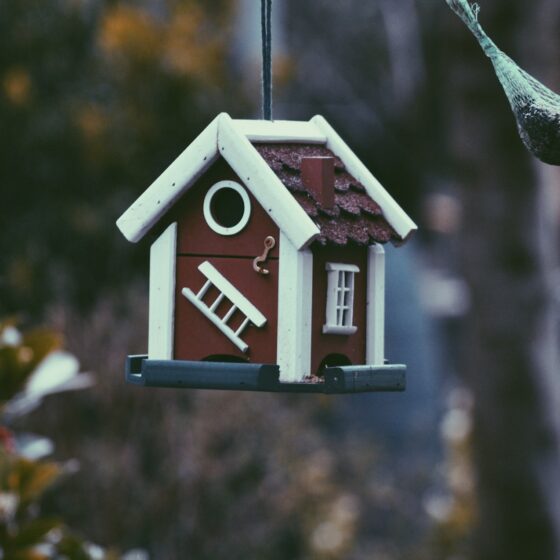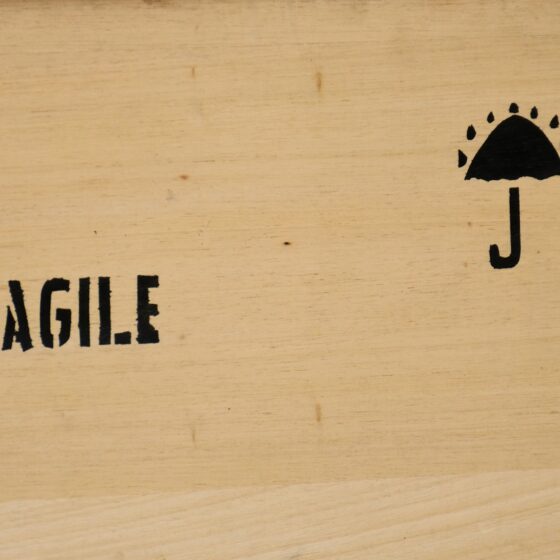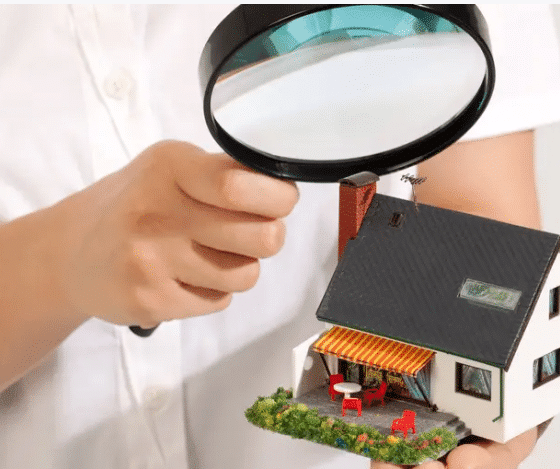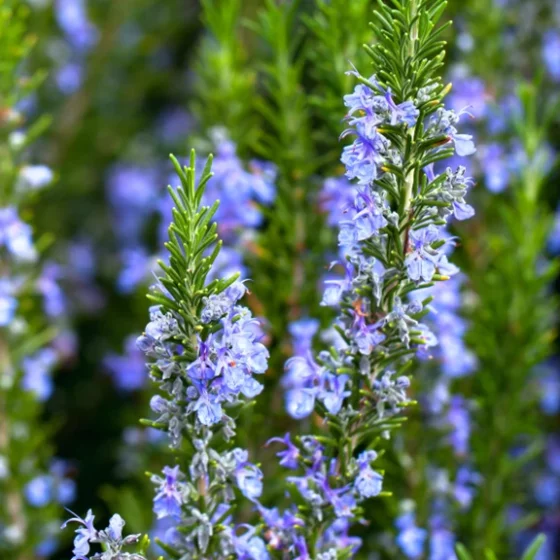Do you love strawberries? Who doesn’t, right? Strawberries are a versatile fruit that can be used in everything from pies and jams to salads and smoothies. And what could be more satisfying than biting into a ripe strawberry that you grew yourself?
In this guide, you’ll find out how to grow strawberries from seeds. Follow these simple steps, and you’ll be enjoying homegrown strawberries in no time.
How to Get Strawberry Seeds
If you want to collect strawberry seeds, the best time to do so is after the berries have ripened and been picked. You can then remove the seeds from the berries by crushing them with your fingers or a fork. Once the seeds have been collected, they can be dried and stored for later use.
To dry the seeds, spread them out on a paper towel or coffee filter and place them in a warm, dry area. Allow the seeds to dry for several days before storing them in an airtight container.
You can also get strawberry seeds from online retailers or local nurseries.
When to Grow Strawberries from Seed?
If you live in a climate with a long growing season, you can start strawberries from seed as early as late winter. In areas with shorter growing seasons, it’s best to wait until early spring to sow the seeds.
Strawberry seeds can be started indoors or outdoors. If you start them indoors, you’ll need to transplant them into the ground after they have germinated.
Cold Stratification
To stratify strawberry seeds, you’ll need to put them into a glass jar and seal the lid tightly. Then, place the jar in the freezer for about three to four weeks. By doing this, you are essentially replicating winter conditions that the seeds would naturally experience outdoors. This process helps to break down the hard outer shell of the seed, making it easier for the plant to germinate come springtime.
How to Plant Strawberry Seeds
Once you get the seeds out of the freezer, let them warm up to the room temperature and they’ll be ready for planting.
First, fill your pots or planting trays with potting mix and then dampen the mix before planting the seeds. To plant the seeds, simply place them on the surface of the soil and lightly press them in. You don’t need to cover them with soil as they will germinate in the light.
Once all of your seeds are planted, water them gently and place them in a warm, sunny spot. The strawberry seeds will germinate in about two weeks.
Once they’ve germinated, you can thin out the seedlings so that only the strongest plants remain. You can transplant them into your backyard garden or larger pots when they are big enough to handle.
Ideal Growing Conditions for Strawberries
Soil Requirements
Strawberries need a well-drained, sandy loam soil with a pH between 5.5 and 6.5. Good drainage is essential, as strawberries will not tolerate wet or waterlogged conditions.
The soil should be rich in organic matter. You can add compost or manure to the soil before planting strawberry seeds.
Sunlight Requirements
To ensure that your strawberries get the sunlight they need, you should plant them in an area that gets at least six hours of direct sunlight each day. If possible, choose a spot that gets even more sun than that.
Strawberries also do well in partial shade, so if you can’t find a spot that gets full sun, try planting them in an area that gets partial sun for most of the day. Just make sure they still get at least six hours of direct sunlight each day.
If you live in an area with very hot summers, you might want to choose a spot that gets some afternoon shade. This will help protect your strawberries from the hottest rays of the sun and prevent them from getting too stressed.
Watering Strawberries
In addition to the right amount of sunlight, strawberry plants also need well-drained soil and regular watering. The soil should be kept moist, but not soggy, and you should water your strawberry plants at the base of the plant rather than from above to avoid getting water on the leaves.
Be careful not to overwater, as this can cause the roots to rot. It’s best to check the soil before watering to see if it is dry. If the soil is too wet, you can let it drain before adding more water.
Fertilizing
Fertilizer requirements for strawberries vary depending on soil type, plant age, and crop yield. A soil test should be conducted prior to planting to determine exact fertilizer needs.
In general, young strawberry plants should be fertilized with a high-nitrogen fertilizer, such as ammonium sulfate. As the plants mature, the nitrogen application should be decreased and the potassium content increased.
You can also use a balanced fertilizer and follow the instructions on the package. Overfertilizing can damage the roots and cause the berries to be small and tasteless.
Also, keep in mind that you should stop fertilizing two weeks before harvest.
Mulching
Mulching is important for strawberries, as it helps to conserve moisture, prevent weed growth, and keep the fruit clean. Straw is the most common mulch material used for strawberries. Black plastic can also be used, but it must be perforated to allow for adequate drainage.
Mulch should be applied after the soil has been prepared and the plants have been set in place. A layer of straw 2-3 inches deep is typically sufficient.
Harvesting and Storing Strawberries
When the berries are ripe, gently twist them off of the plant. Be careful not to damage the plant or pull up any of the runners (the small, red-tipped leaves that grow out from the base of the plant). Also, keep in mind is that strawberries are delicate fruits. They bruise easily, so be careful when handling them.
Once you’ve picked your strawberries, it’s important to get them into cold storage as soon as possible. Strawberries won’t last long at room temperature, but just like grapes, you can store them in the fridge for a few days.
However, if you want to keep them longer, you can freeze them. Frozen strawberries will last for several months.
Just wash and dry the berries, then place them on a baking sheet in the freezer. Once they’re frozen solid, transfer them to a freezer-safe container or bag. And that’s it!
Conclusion
Starting your own strawberry garden is definitely a lot of fun. So, now that you know how to start strawberries from seeds, get planting!
With a little care and patience, you will soon be enjoying fresh strawberries from your own home-grown plants! Thanks for reading and good luck! Happy gardening!
FAQ
Can you grow strawberries in pots?
Yes, you can grow strawberries in pots. You’ll need to make sure that the pot is big enough for the plant to grow and that it has good drainage. You may also want to add some organic matter to the soil to help the plant grow.
How long does it take to grow strawberries from seeds?
It can take anywhere from two weeks to a month for your strawberry seeds to germinate. However, it’s best to check on them frequently to make sure that the soil stays moist and that they are not getting too much or too little sunlight. Assuming you are growing your strawberries from seed, the plants will begin to bear fruit in their second year of growth.
How many seeds does a strawberry have?
Each strawberry has around 200 seeds on its surface. You don’t need to plant all of them to grow a new strawberry plant. In fact, you can get by with planting just a few of them.
How do you germinate strawberry seeds in paper towels?
To germinate strawberry seeds in paper towels, wet a paper towel with water and wring it out so it’s damp, not soaked. Put the paper towel in a ziploc bag and place the strawberry seeds on top of the towel, making sure they’re not touching each other. Cover the seeds with another damp paper towel and then close the bag.
Place it in a warm spot with indirect sunlight and mist the paper towels with water every day. After about two weeks, you should see sprouts emerging from the paper towels. Once the seedlings have two true leaves, they can be transplanted into pots filled with potting soil. Be sure to harden off the seedlings before transplanting them outdoors.
Do strawberries need full sun?
Yes, strawberries need full sun to produce the most fruit. The more sun they get, the sweeter the berries will be. However, if you live in an area with hot summers, try to plant your strawberry seeds in a spot that gets some afternoon shade. This will help keep the berries from getting too ripe and mushy.
Are strawberries hard to grow?
No, strawberries are not difficult to grow. In fact, they are one of the easiest fruits to grow from seed. All you need is a little patience and some basic gardening supplies. Find out everything you need to know about how to grow strawberries from seeds in our guide above.

